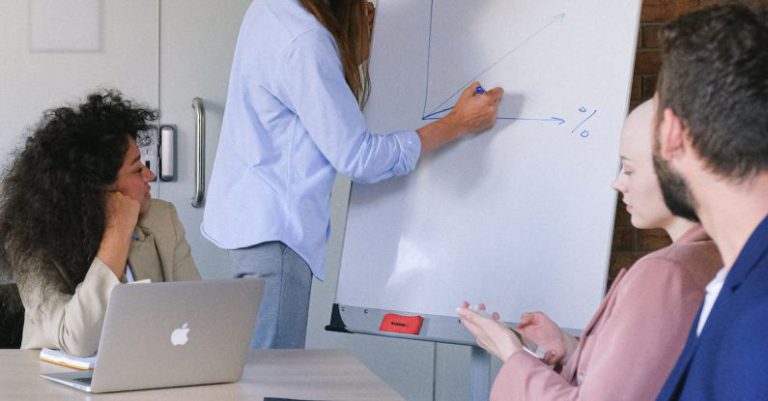Can Workplace Design Affect Productivity?
The design of a workplace plays a crucial role in determining the productivity of employees. It is not just about aesthetics, but also about creating an environment that fosters creativity, collaboration, and focus. In recent years, there has been growing interest in the impact of workplace design on employee performance. Companies are investing more in creating well-designed workspaces that can positively influence productivity. Let’s delve into the ways in which workplace design can affect productivity.
Ergonomics: A Key Factor in Productivity
Ergonomics is the science of designing a workspace that is tailored to the physical needs of employees. A well-designed workplace takes into account factors such as proper lighting, comfortable furniture, and appropriate desk heights. When employees have a comfortable and supportive work environment, it reduces the risk of physical strain and discomfort, leading to increased productivity. Proper ergonomics also minimize the likelihood of workplace injuries, which can result in absenteeism and decreased efficiency.
Collaborative Spaces: Encouraging Communication and Innovation
Collaboration has become an essential aspect of modern workplaces. Designing spaces that foster collaboration can have a significant impact on productivity. Open-plan offices, for example, encourage interaction and idea sharing among employees. By creating dedicated spaces for group work, such as meeting rooms or breakout areas, companies can enhance teamwork and maximize productivity. These spaces promote effective communication and facilitate the exchange of ideas, ultimately leading to improved outcomes.
Privacy: Striking the Right Balance
While collaboration is important, employees also require privacy to concentrate on individual tasks. A workplace design that strikes the right balance between open spaces and private areas is crucial for productivity. Private offices or quiet zones allow employees to work without distractions, enabling them to focus and complete their tasks efficiently. By providing options for both collaboration and privacy, companies can ensure that their employees have the necessary environment to perform at their best.
Natural Elements: Enhancing Well-Being and Performance
Integrating natural elements into workplace design has been shown to have a positive impact on employee well-being and performance. Access to natural light and views of nature can reduce stress levels and enhance mood. Incorporating plants and green spaces can improve air quality and create a more pleasant and inviting atmosphere. When employees feel happier and more comfortable in their workspace, their productivity increases. Therefore, incorporating natural elements into the design can significantly benefit both employees and companies.
Flexibility: Adapting to Changing Needs
Workplace design should be flexible to accommodate the changing needs of employees. As work methods and technology evolve, so should the physical space where work is conducted. Providing adaptable furniture, movable partitions, and modular workstations allows employees to customize their workspace according to their preferences and requirements. This flexibility fosters a sense of ownership and empowerment, leading to increased productivity and satisfaction.
The Bottom Line: Designing for Success
The design of a workplace can have a profound impact on employee productivity. By considering factors such as ergonomics, collaboration, privacy, natural elements, and flexibility, companies can create an environment that promotes productivity and well-being. Investing in well-designed workspaces is not just a trend but a strategic decision that can yield long-term benefits. When employees feel comfortable, motivated, and empowered in their workspace, they are more likely to perform at their best, leading to increased productivity and success for the organization as a whole. So, if you want to boost productivity in your workplace, it’s time to start thinking about the design.






